Bringing Hospitality to the Office
At the 2017 NeoCon show, Lauren Rottet discusses how hotels are having an impact on the design of workspace and what tenants are looking for in a setting.
By IvyLee Rosario
The hospitality sector concentrates on knowing its customers and creating a space in which they can take time for themselves by experiencing the amenities package offered, as well as taking in the atmosphere. Now, office space has evolved from the traditional look of desks in a row to spacious open floor plans designed for ideal workflow. At the 2017 NeoCon show in Chicago, Lauren Rottet, founding principal & president of Rottet Studio, discussed how hotels have influenced the change in design for office space and how the two share common goals for those inhabiting the space.
Office Adaption
From the 1980s to 1990s, office focused mostly on efficiency and alternative spaces, such as cubicles and meeting areas. As technology evolves, the live-work style is growing, incorporating bright lighting, spacious offices, open communal seating, collaborative workspaces, and the newest technologically innovative products. Now, designing for office is all about the tenants and the employees using the space. Their wants and needs are being addressed by the designers themselves, paving the way for future tenants to get the most out of that community space.
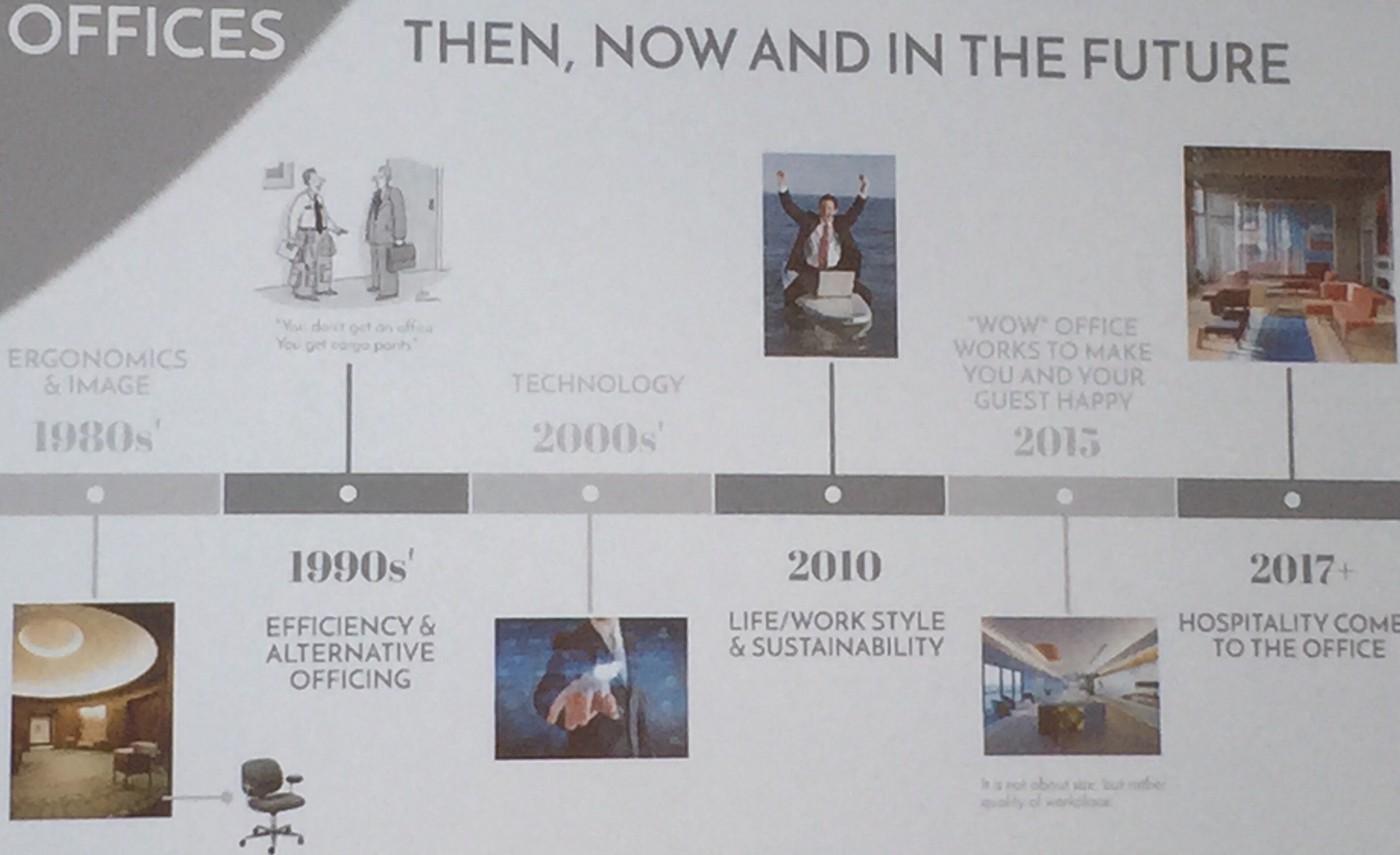 “The live-work-play aspect that more people are looking for comes down to four main principals: technology, being interconnected, taking international inspiration, and being in a more casual setting,” said Rottet. “There’s a cycle that is now occurring, with residential design taking inspiration from hospitality, hospitality taking from residential, and now throwing office into the mix.”
“The live-work-play aspect that more people are looking for comes down to four main principals: technology, being interconnected, taking international inspiration, and being in a more casual setting,” said Rottet. “There’s a cycle that is now occurring, with residential design taking inspiration from hospitality, hospitality taking from residential, and now throwing office into the mix.”
Hotels offer a place to stay, health and wellness amenities, entertainment, dining, concierge services, and the latest in technology. These elements are being incorporated into everyday office design, creating a more casual atmosphere—including less stiff, comfortable furniture and finishes helps to liven up a space, as well as using materials to give a home-like feel to the office. Each hotel offers its own brand, and office environments should be viewed in the same way. Utilizing the five senses and customizing the space with paint, music, food, or even different smells, will make it seem less like a workshop and more like a welcoming area for employees to spend time.
According to Rottet, there are six influences that are changing the workplace:
- Mobile technology and distributed work: employees have the option to work from anywhere and are no longer tethered to their desks;
- Sustainability;
- Battle for talent;
- Made to innovate;
- The new generations: have a need to be around each other and work in collaboration;
- Customer experience.
Amenities for all
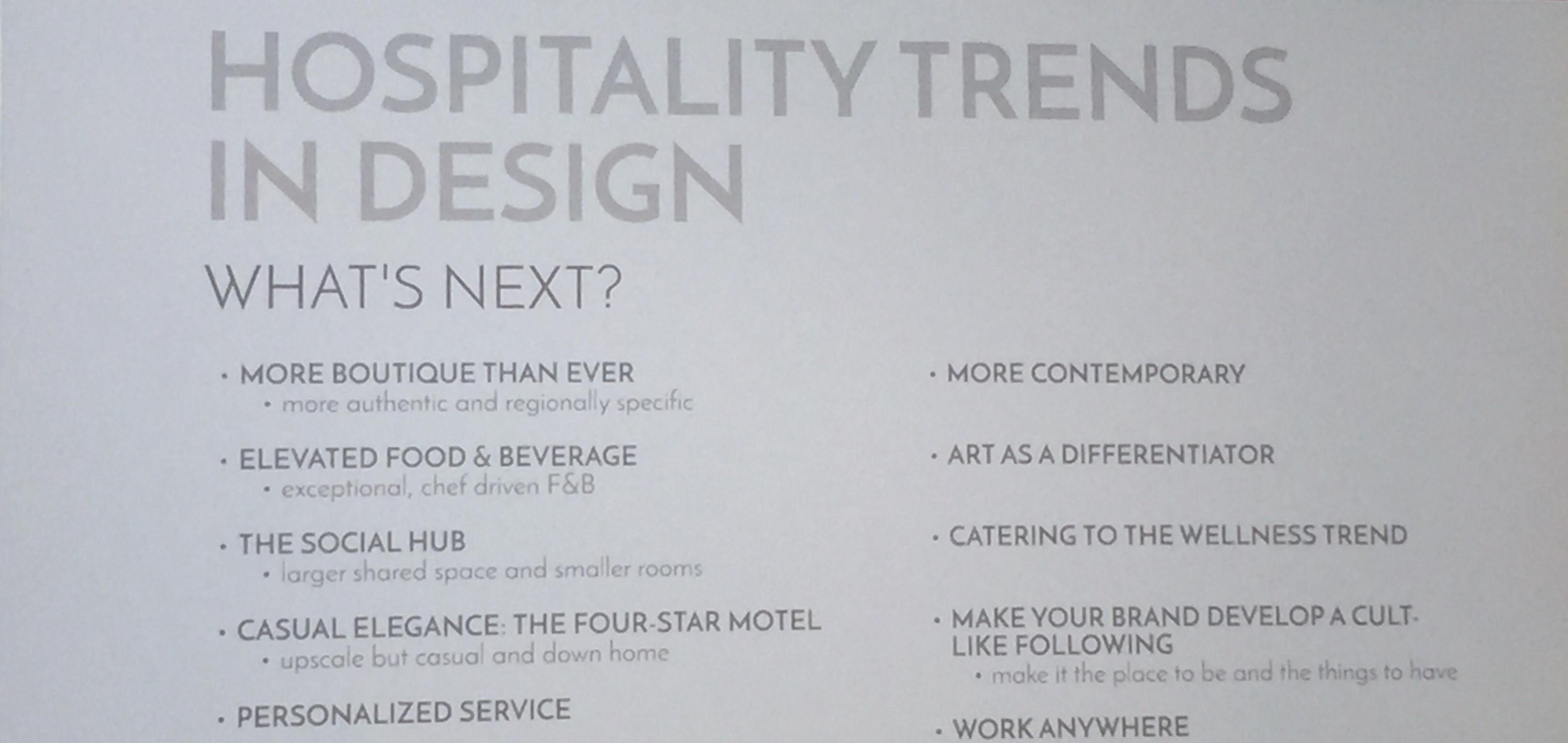 Amenities play a large role into the influence that hotels have on the office sector. Services such as car washes, pet care, child care, laundry, dining, vehicle accommodations, and wellness are all things typically found in hotels, but why not in offices? Today’s tenants are looking for a space to accomplish more than just their eight hours of work, they want a community-type setting, someplace to put down roots with more than just a laptop at a desk. Taking breaks during workdays to hit the gym, conduct a meeting at the local cafe, or unwind with a game of ping pong is becoming more appealing. These communal spaces and activities allow for a more open, collaborative setting, permitting different companies within the building to meet their work neighbors. Health is also a big priority, so incorporating sit/stand desks, natural light and ventilation, as well as having specific fitness programs available to employees will help keep them focused and excited to be in the space.
Amenities play a large role into the influence that hotels have on the office sector. Services such as car washes, pet care, child care, laundry, dining, vehicle accommodations, and wellness are all things typically found in hotels, but why not in offices? Today’s tenants are looking for a space to accomplish more than just their eight hours of work, they want a community-type setting, someplace to put down roots with more than just a laptop at a desk. Taking breaks during workdays to hit the gym, conduct a meeting at the local cafe, or unwind with a game of ping pong is becoming more appealing. These communal spaces and activities allow for a more open, collaborative setting, permitting different companies within the building to meet their work neighbors. Health is also a big priority, so incorporating sit/stand desks, natural light and ventilation, as well as having specific fitness programs available to employees will help keep them focused and excited to be in the space.
“Office is becoming more casual and that is what people are looking for. They want a space that offers more. They want that live-work-play environment feeling within their workspace,” added Rottet. “Design is all about building a community and creating a convenience and ease of that social and work balance. It’s about shared spaces and creating an environment that is more fun and contemporary, one that makes it easy for people to communicate with each other.”

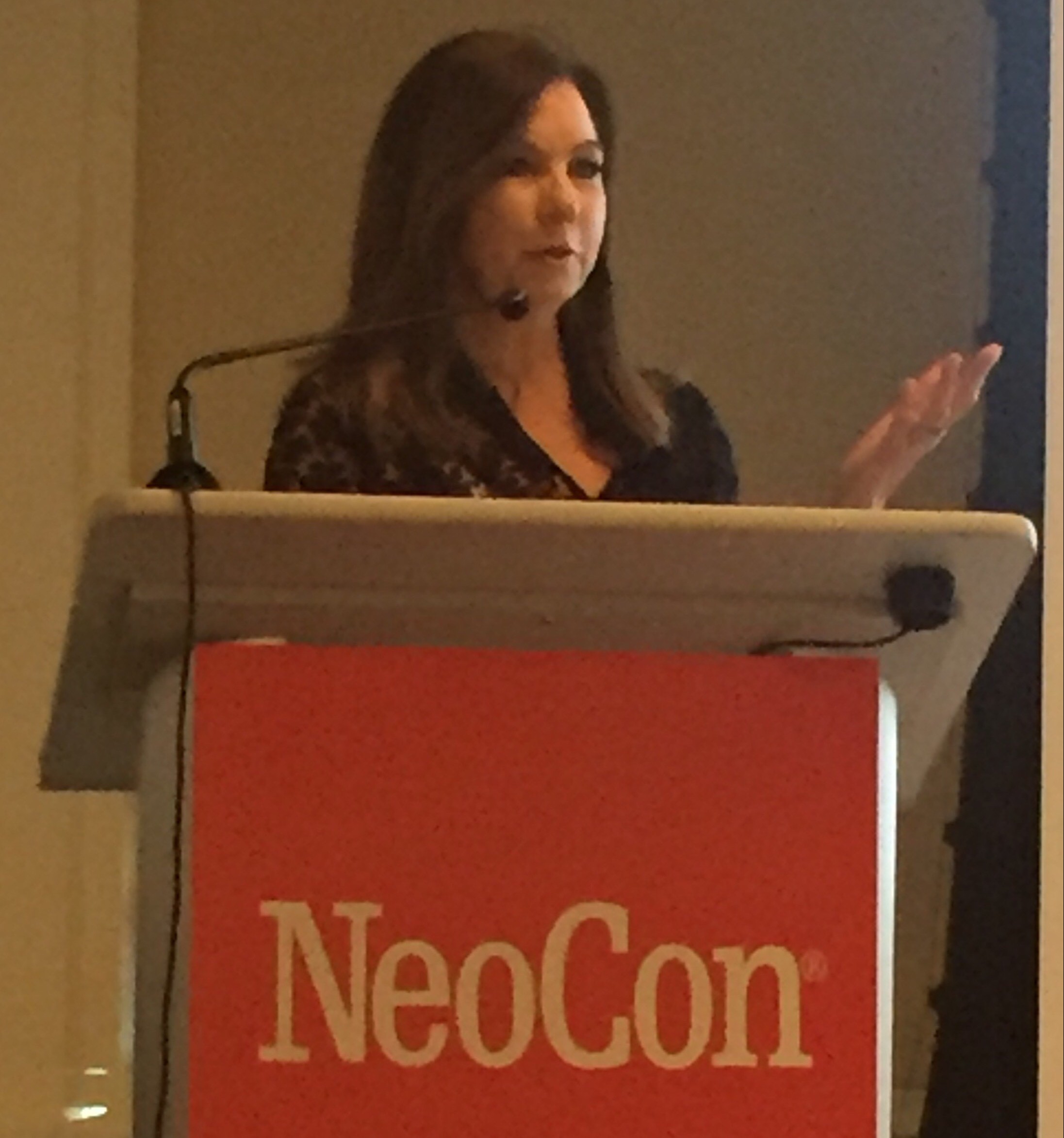

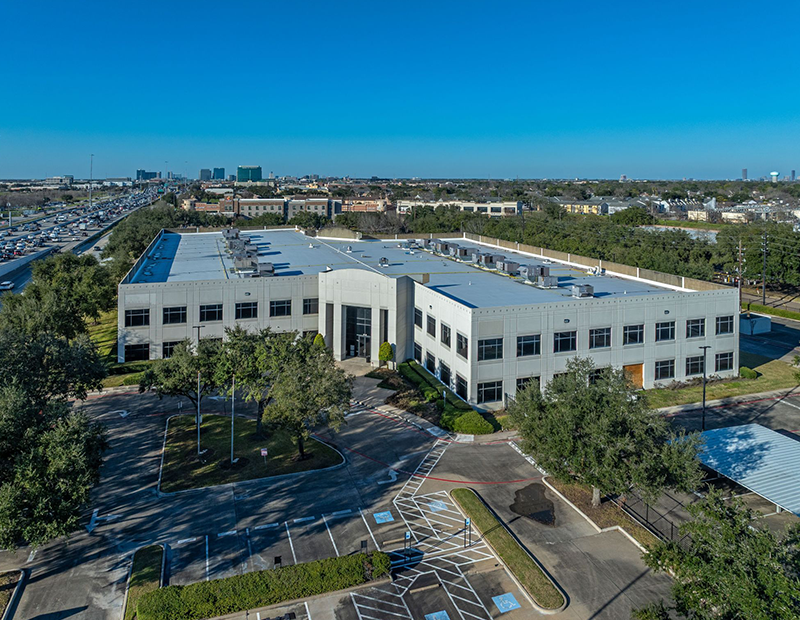
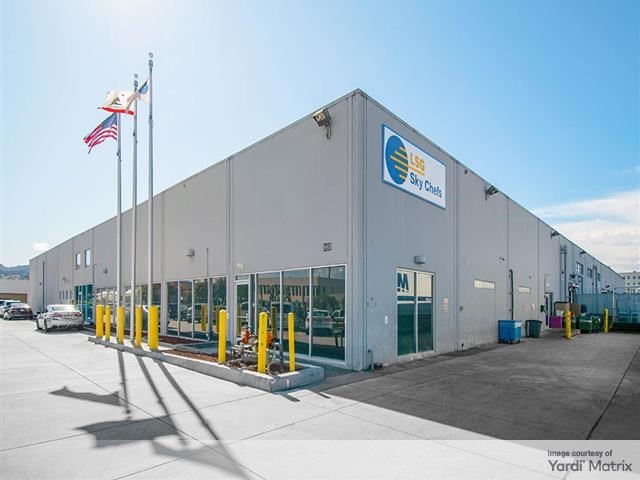
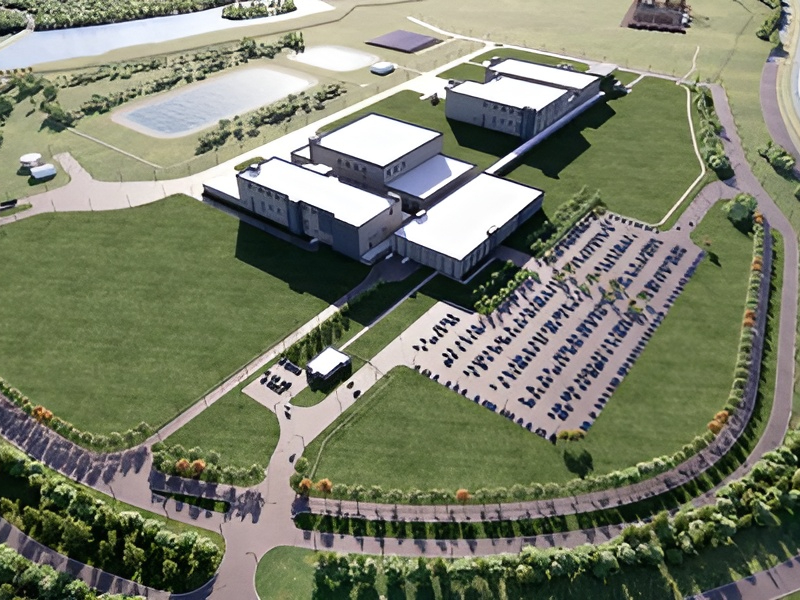


You must be logged in to post a comment.